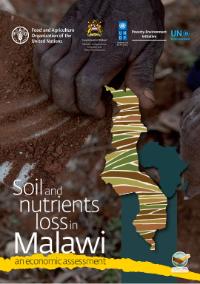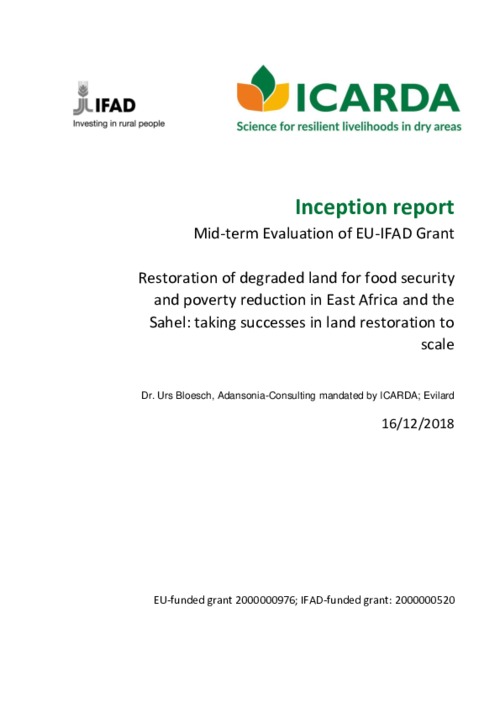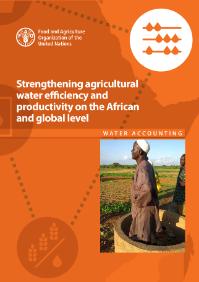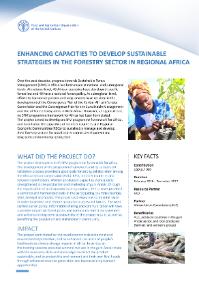The Land Use Bill objective is to guarantee the continued existence of communal and family land in accordance with the culture and tradition of the people of Cross River State/Nigeria in so far as the culture and tradition are in accordance with equity, natural justice and good conscience. The…
Soil loss is a major threat to agricultural development in Malawi, and the size of the agricultural sector in the Malawian economy renders it a major limitation to the overall economic development of the country. Soil loss reduces cultivable soil depth, but also takes away fertile soils from…
Soil and water conservation (SWC) practices like that of erosion control and soil fertility measures were commonly practiced in the semiarid region of southern Mali since the 1980s. The SWC practices were mainly meant to increase water availability in the subsurface, reduce farm water runoff and…
Feed and grazing management affect both the quantity and quality of animal manure and consequently nutrient cycling in the mixed crop-livestock systems in West Africa Sahel. Dietary measures can significantly influence the composition of manure and hence it’s agricultural value. High nutrient…
Soil and water conservation (SWC) practices like that of erosion control and soil fertility measures were commonly practiced in the semiarid region of southern Mali since the 1980s. The SWC practices were mainly meant to increase water availability in the subsurface, reduce farm water runoff and…
Drought is a noteworthy cause of low agricultural profitability and of crop production vulnerability, yet in numerous countries of Africa little to no consideration has been paid to readiness for drought calamity, particularly to spatial evaluation and indicators of drought occurrence. In this…
This report is the results of the mid-term review for the EU-IFAD project "Restoration of degraded land for food security and poverty reduction in East Africa and the Sahel: taking successes in land restoration to scale" Project.
Building on the economic/hydrological/hydraulic data collected on the field, a hydro-economic model of the Senegal River Basin was formulated and thus a water management plan for the optimal sharing of available resources was elaborated and illustrated in the present product.
This brief constitutes part of the GCP/INT/231/SWI project “Strengthening Agricultural Water Efficiency and Productivity on the African and Global Level”, funded by the Swiss Agency for Development and Corporation (SDC). It is the fifth technical brief to illustrate (i) the project rationale; (…
This brief constitutes part of the GCP/INT/231/SWI project “Strengthening Agricultural Water Efficiency and Productivity on the African and Global Level”, funded by the Swiss Agency for Development and Corporation (SDC). It is the second technical brief to illustrate (i) the project rationale; (…
Over the past decades, progress towards Sustainable Forest Management (SFM) in Africa has been made at national and subregionallevels. At national level, 43 African countries have developed specific forest law and 40 have a national forest policy. At subregionallevel, efforts to harmonize…
The Voluntary Guidelines on the Responsible Governance of Tenure of Land, Fisheries and Forests in the Context of National Food Security explicitly mention pastoralists as users of the Guidelines and as targets of capacity building. Despite the historical and often ongoing marginalization of…










